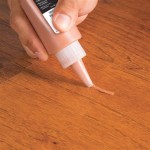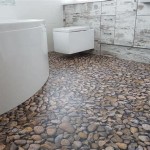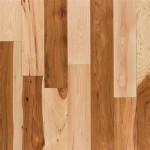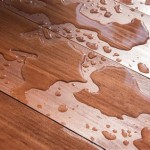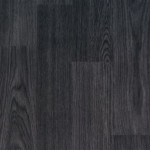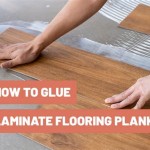Laminate flooring is a popular flooring option due to its durability and affordability. However, gaps may occur between the planks, which can be unsightly and can allow dirt and debris to accumulate. Fortunately, there are a few simple steps you can take to fix a gap in laminate flooring.
Step 1: Inspect the Gap
Before you begin, inspect the gap to determine the size and cause. If the gap is small, it can usually be filled with a filler material. If the gap is larger, you may need to replace the planks.
Step 2: Clean the Area
Before you begin, make sure the area is clean and free of dirt and debris. Vacuum the area and use a damp cloth to wipe away any dust or dirt.
Step 3: Apply Filler Material
If the gap is small, you can use a filler material such as wood putty or a laminate flooring patch kit. Carefully apply the filler material to the gap, making sure it is even and flush with the floor.
Step 4: Sand the Area
Once the filler material is dry, sand the area lightly to smooth out any bumps or ridges. Use a fine-grit sandpaper and a sanding block for best results.
Step 5: Replace Planks
If the gap is too large to be filled with a filler material, you may need to replace the planks. First, remove the old planks and measure the space. Then, purchase new planks that are the same size and shape as the old ones. Cut the new planks to size, if necessary. Finally, install the new planks and secure them in place.
Step 6: Clean and Seal
Once the gap is filled or the planks are replaced, clean the area and use a sealant to protect the floor from further damage. Allow the sealant to dry completely before walking on the floor.
Conclusion
Gaps in laminate flooring can be unsightly and can allow dirt and debris to accumulate. Fortunately, there are a few simple steps you can take to fix a gap in laminate flooring. Start by inspecting the gap and determining the size and cause. If the gap is small, you can use a filler material such as wood putty or a laminate flooring patch kit. If the gap is too large, you may need to replace the planks. Finally, clean the area and seal it to protect the floor from further damage.





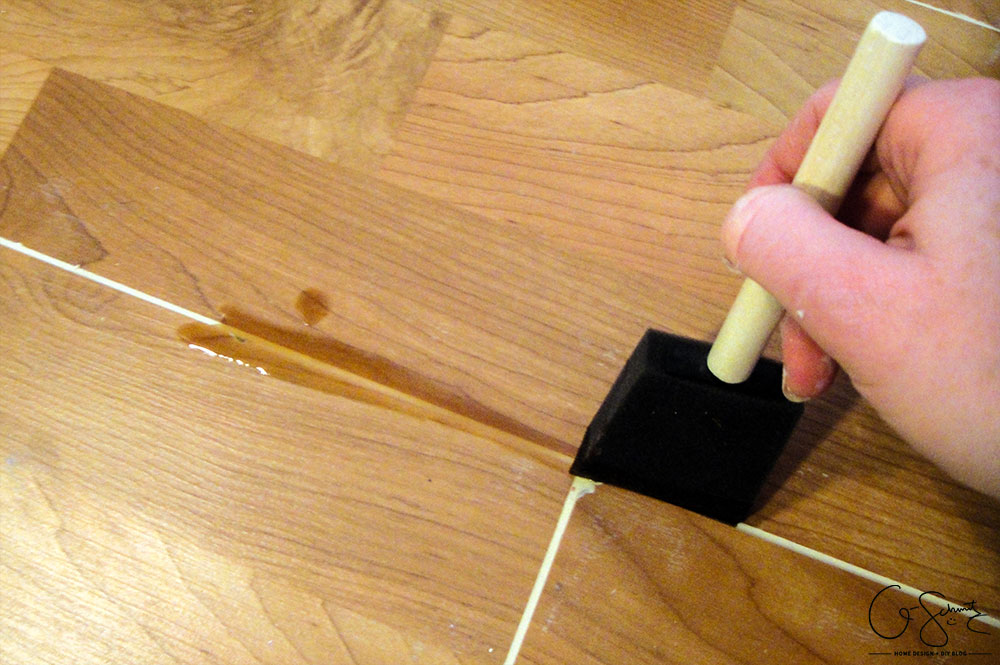









Related Posts

